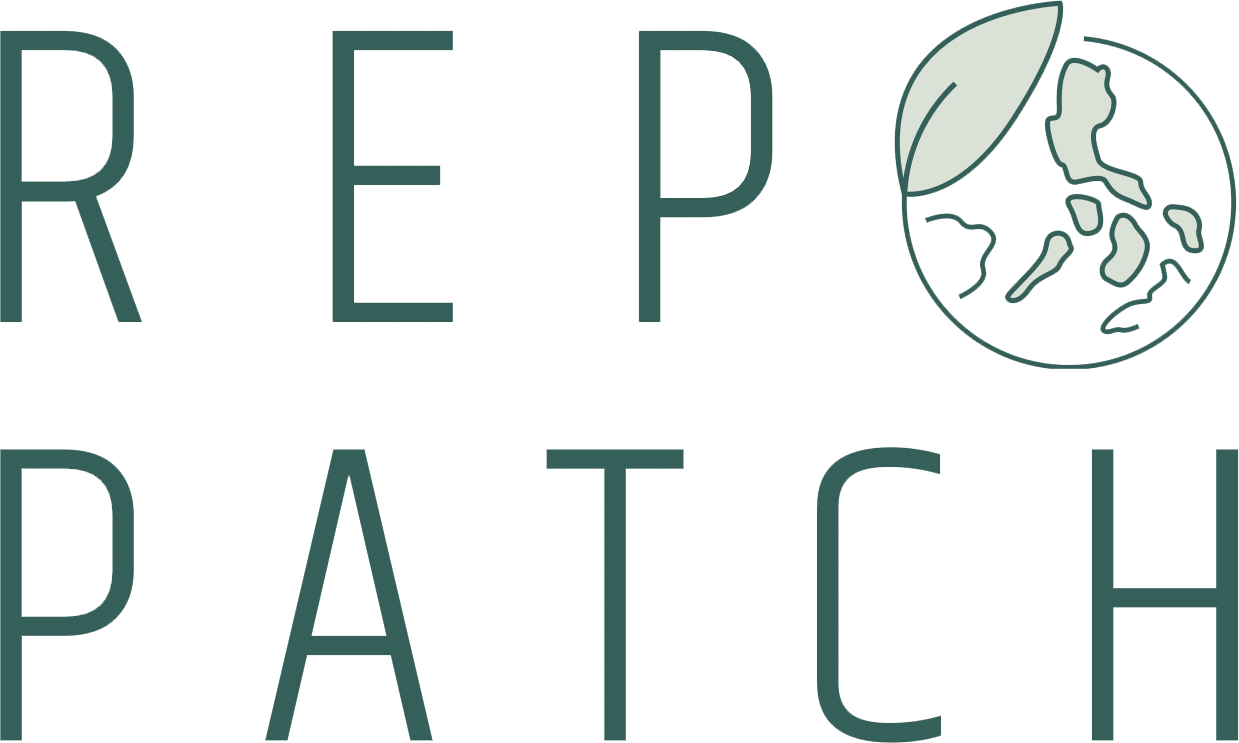
Close


We are familiar with many terms that have been heard outside the field in the last few years, such as sustainability in textile, fashion and clothing, fair production, whitewashing. Although these expressions are not new to the literature, we see that they follow a path from people who are only interested in these issues to people who are not. Due to this, awareness has increased significantly. Everyone was able to make a sentence or two about these definitions. This awareness was largely caused by social media. One of these is upcycling. Heard, used; is heard and used. What is important for us is the part that takes place now in time. Yes, we know, we read and use; By sharing, we leave a mark on the web.
There are divergent and approving opinions about the adequacy of upcycling; It has become a tool used for homework and exams in universities, high schools and even secondary schools. Maybe, in the back of our minds, we are making plans to upcycle everything we consider old. There is a point I want to talk about off topic here. This is the right place to say it: When I was little, I heard from my father that during his childhood, his mother would make a new athlete for her children by combining the shrunken ones. I didn’t witness this when I was growing up, but there was no concept of deterioration or wear in our home. Broken meant repairable; Getting obsolete meant that the item now served another purpose. I know that many of us in this region have witnessed this. The point I wanted to come to by explaining these was this: We were already upcycling, but in the sense of not being wasted, but in the sense of saving money…
We are in an education model that extends from the encyclopedia to Google and from there to ChatGPT. Now, plagiarism programs have gone beyond websites, they question information that may have come from a software. So, how much accurate information does the ChatGPT research, which is a pool of all this information and made with a simple search, give us about upcycling?
I asked a question to ChatGPT: “What is upcycling?” It answered in four paragraphs:
“The term upcycling is often used to refer to the process of changing businesses or organizations to improve their current situation. Upcycling may involve changing an organization’s business processes, technology, operational model or strategy. This transformation is often characterized by changes to become more efficient, innovative and competitive.
Upcycling enables businesses to adapt to market changes, meet customer demands and seize new opportunities. For example, traditional retail businesses can embrace upcycling as they embark on a digital transformation process by switching to online sales channels. In doing so, they can re-engineer business processes, use new technologies such as data analytics and artificial intelligence, and adopt digital solutions to improve customer experience.
Upcycling often requires a comprehensive change process and impacts different areas such as corporate culture, leadership, human resources, technology and business processes.
As a result, upcycling refers to the wide-ranging changes an organization makes to ensure its development for the future and includes goals such as gaining competitive advantage, increasing efficiency and improving customer satisfaction.” (ChatGPT, 2023).
When we look at the first paragraph, although the words “to improve their current situation” seem quite nice, upcycling is open to the use of not only businesses and organizations, but also civilians, individuals and, in a broader sense, society. ChatGPT defines this change and transformation process as “efficient, innovative and competitive”. Efficiency is a principle in upcycling, but innovation and competition are not among the principles observed.
What I want to focus on in the second paragraph are as follows: If the upcycled product has commercial concerns, it will of course catch up with what is current in the market for sale, but the fact that the products we upcycle are compatible with this current, new and fashionable may disrupt the transformation. Meeting customer demands poses a question mark in itself. The criterion in upcycling is not the customer; is the product. The demands of the product exceed the demands of the customer. The evaluation of new opportunities should be noted as an issue that the converter will not say no to, if the innovation does not undermine upcycling.
In the third paragraph, the invisible process behind upcycling is summarized. Upcycling is a comprehensive process and requires interdisciplinary teamwork. There is nothing contradictory or misleading in this paragraph. However, when we look at the conclusion paragraph just below…
I’ll start this with a paragraph
Using a definition for upcycling as “comprehensive changes made by an organization to ensure its development for the future” is not only incomplete but also incorrect. There is no transformation of the organization or institution; the development and transformation of what exists, what is at hand, and the product; takes place without competition.
As a result, the research and learning process, from the encyclopedia to Google and from Google to ChatGPT, shows once again that as the easy approach gets closer, accessing accurate information becomes more difficult. Although the information obtained from ChatGPT about Upcycling is partially correct, it does not yet provide qualified information. Or it does not readily provide qualified information about upcycling. What is the way to get accurate and ready information about upcycling from ChatGPT?
Does ChatGPT need to be trained on upcycling? Let the answers and solutions to this be the subject of another article. In summary, let’s continue to follow the trail of information whose source is known and which is accessible even if it is not known.
Feyza Nur Kuran